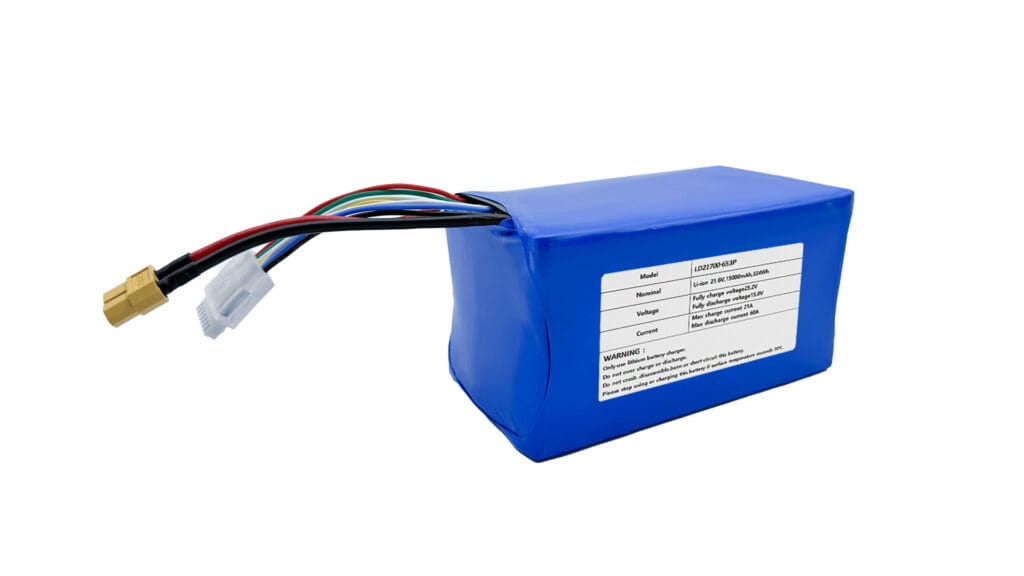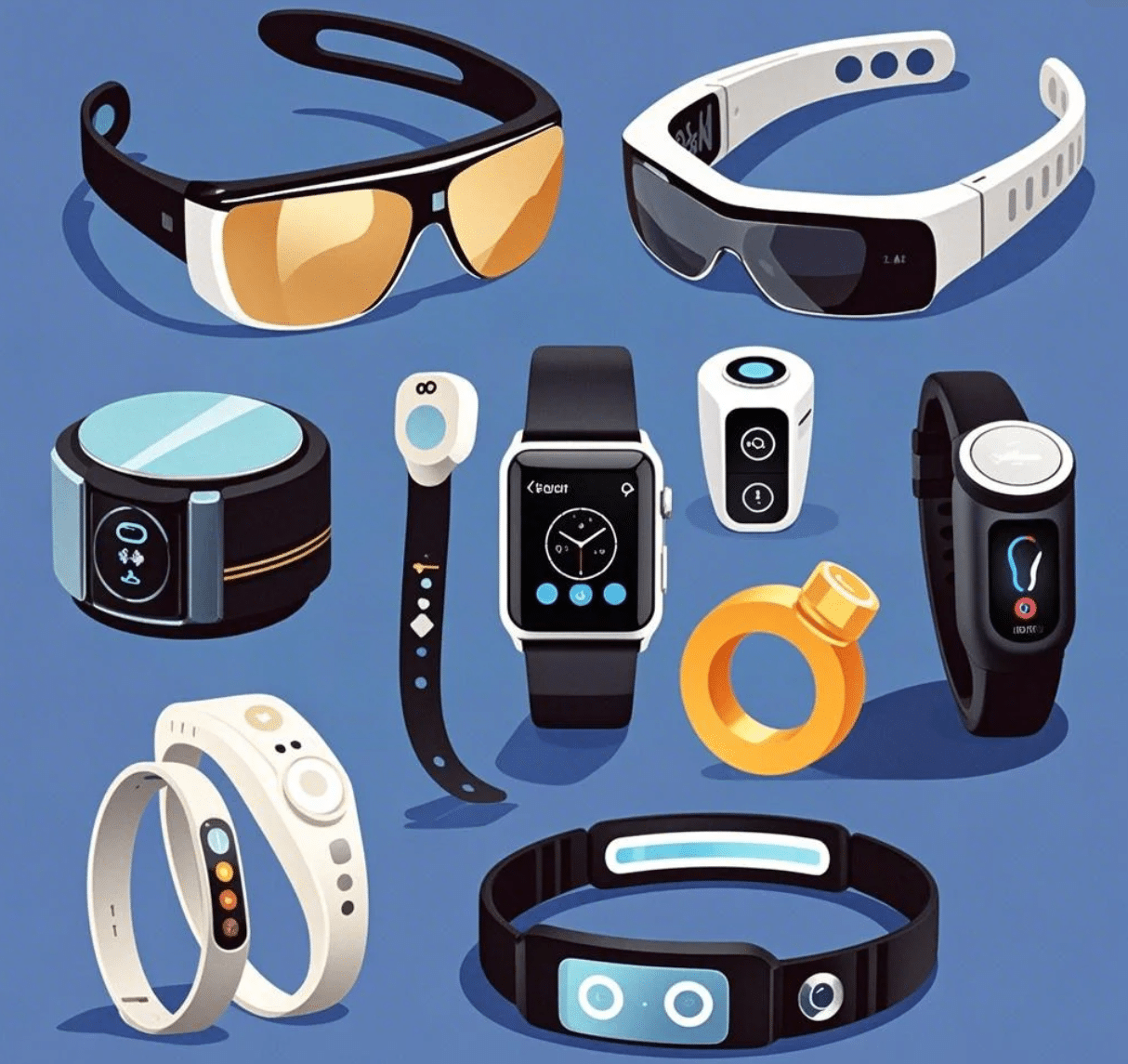Introduction
Smart rings have surged in popularity thanks to their discreet form factor and powerful health-tracking capabilities. But unlike wrist-worn devices, their tiny batteries demand precise care. Charge them improperly, and you risk shortened runtime, degraded battery health, or even charger misalignment. In this article, we’ll cover:
-
How to charge smart ring battery safely and efficiently
-
Different charging methods (wireless, contact-point, portable cases)
-
Step-by-step charging setup and tips to optimize charge cycles
-
Maintenance strategies to prolong battery life
-
Troubleshooting common charging issues
-
A concise FAQ to answer your burning questions
By the end, you’ll know exactly how to power up your wearable ring, extend its battery life, and avoid pitfalls that lead to charging headaches.
Understanding Smart Ring Batteries
Battery Chemistry & Components
Most smart rings utilize lithium-polymer (LiPo) or lithium-ion (Li-ion) cells—compact, lightweight batteries that offer high energy density. A built-in Battery Management System (BMS) protects against over-charging and over-discharging, controlling the charge termination voltage (typically around 4.2 V for Li-ion/LiPo cells). Monitoring State of Charge (SoC) ensures you don’t push the battery below 20% or above 90% too often—both extremes accelerate capacity loss.
Key terms:
Charge rate (C-rate): Speed of charging relative to cell capacity
Depth of Discharge (DoD): Percentage of battery used before recharging
Typical Capacity & Runtime
Smart ring battery capacities typically range from 30 mAh to 100 mAh, depending on features (e.g., haptic feedback, continuous heart-rate tracking). Under average usage—sleep tracking plus periodic activity monitoring—you can expect 2–7 days of runtime per charge. Factors influencing battery life include:
-
Sensor usage: Continuous heart-rate, SpO₂, or temperature monitoring consumes more power.
-
Bluetooth connectivity: Frequent syncing with your phone drains battery faster.
-
Haptic alerts & vibrations: Notifications add brief but significant power draws.
Understanding these variables helps you tailor charging cycles for optimal performance.
Common Charging Methods for Smart Rings
Inductive (Wireless) Charging
Inductive charging uses electromagnetic fields: an internal coil in the ring aligns with a coil in the charging pad.
-
How it works: The charger’s coil generates an alternating magnetic field, inducing current in the ring’s coil to recharge the LiPo cell.
-
Alignment tips: Look for alignment guides—etched circles or magnetic snaps—on both ring and puck. Precise placement ensures efficient power transfer.
-
Standards: Some rings use Qi-compatible pads, while others rely on proprietary chargers.
Pro tip: Clean both surfaces before charging to remove oils or debris that interfere with inductive charging.
Contact-Point Charging
Contact-point charging employs pogo-pin connectors or metal-pin plates on the ring’s inner surface.
-
Advantages: Faster charge rates (up to 1 A) and simpler electronics in the ring (no inductive coil).
-
Drawbacks: Exposed pins can corrode; requires very clean contacts.
Regularly inspect and gently clean with a microfiber cloth to maintain good conductivity.
Portable Charging Cases & Accessories
For on-the-go top-ups, several manufacturers offer portable charging cases:
-
Battery-pack ring cases: Fit your ring inside a compact case that holds extra charge for 1–2 full cycles.
-
Travel docks: Small puck-style chargers powered via USB-C, ideal for brief trips.
These accessories ensure you never run out of battery during extended travel or multi-day events.
Step-by-Step Guide to Charging Your Smart Ring
Preparing the Ring & Charger
-
Clean contact points or charging pad: Use a soft, lint-free cloth to remove oils or moisture.
-
Inspect cables and adapters: Check for frayed wires or loose connectors. Replace any damaged components.
Cleaning and inspection prevent poor connections and slow charging.
Aligning & Connecting the Charger
-
Identify alignment markers: Many rings feature etched circles or a small arrow indicating the correct orientation.
-
Place ring on charger: For inductive pucks, center the ring over the coil. For magnetic docks, you should feel a gentle snap.
-
Ensure secure fit: The ring should sit flush and not slide around. A slight wobble can disrupt charging.
Choosing the Right Power Source
-
USB-A vs. USB-C adapters: Stick to a 5 V, 1 A adapter; higher-wattage fast-chargers (e.g., 2 A or Quick Charge) may stress the BMS.
-
Avoid unregulated power banks: Use certified, UL-listed chargers to prevent voltage spikes.
Monitoring & Optimizing the Charge Cycle
-
Watch LED indicators: Most smart rings show red while charging, green or blue when full.
-
Use companion app: Many apps display real-time SoC percentage.
-
Stop at 80 % vs. 100 %: Charging to ~80 % reduces long-term battery stress—ideal for daily top-ups. Fully charge (100 %) only once a week.
By adopting trickle-charge avoidance and partial-cycle habits, you’ll maintain healthy battery capacity.
Maintenance & Best Practices
Optimal Charging Cycles
-
Partial charges (20 % → 80 %): Perform frequent small top-ups rather than deep discharges.
-
Full cycles once per week: Calibrate the BMS by letting the ring discharge near 10 % before a full 0 → 100 % charge.
Temperature & Environmental Tips
-
Ideal range: Charge between 10 °C and 35 °C to avoid thermal stress.
-
Avoid extremes: Don’t charge in direct sunlight, inside hot cars, or below freezing temperatures.
Temperature control preserves chemical stability in LiPo cells.
Storage & Long-Term Care
-
Store at ~50 % charge if you’ll skip wearing the ring for weeks.
-
Check monthly: Recharge to 50 % if charge drops below 30 %.
-
Humidity control: Keep in a dry place to prevent corrosion on contacts.
Troubleshooting Charging Issues
Common Problems & Causes
-
Ring not detected by charger: Misalignment, dirty contacts, or faulty charger.
-
Slow charging: Under-powered adapter or cable damage.
-
False “full” readings: BMS glitch requiring reset.
Quick Fixes & When to Seek Support
-
Clean contacts and pad with isopropyl alcohol.
-
Reboot the ring (hold side button or follow manufacturer’s reset procedure).
-
Update firmware via the companion app—bug fixes often address charging quirks.
-
Contact manufacturer if under warranty: support teams can diagnose hardware faults.
Frequently Asked Questions
-
Why won’t my smart ring charge?
-
Ensure proper alignment, clean contacts, and use a certified 5 V/1 A charger.
-
-
Can I use any wireless charger?
-
Only Qi-compatible rings support standard Qi pads; most require proprietary magnetic pucks.
-
-
How long should I charge my ring?
-
Typical full charge takes 60–90 minutes; partial top-ups (20 % → 80 %) often require 30–45 minutes.
-
-
Will overcharging damage the battery?
-
Built-in BMS prevents true over-charging, but leaving it at 100 % for extended periods stresses the cell.
-
-
How do I know when it’s fully charged?
-
LED indicator changes color (often green/blue) or the companion app shows 100 % SoC.
-
-
Is it okay to charge overnight?
-
Occasional overnight charging is fine, but aim to unplug once it hits 80 % for daily cycles.
-
-
What affects my ring’s battery life?
-
Frequent heart-rate tracking, haptic alerts, and constant Bluetooth syncing can reduce time between charges.
-
Conclusion
Mastering how to charge smart ring battery properly ensures uninterrupted tracking of your health and activity. By understanding battery chemistry, choosing the right charger, following step-by-step alignment, and adopting partial-cycle habits, you’ll maximize both daily runtime and long-term battery health. Remember to monitor temperature, clean contact points regularly, and consult your ring’s companion app for firmware updates and SoC readings. With these best practices, your smart ring will reliably support your wellness journey—no more guessing when to plug in!
Looking for Perfect Smart Ring Battery?
As a custom battery manufacturer, we provide custom dimensions, rigorous safety certifications, and comprehensive integration support. LanDazzle empowers you to bring the next generation of wearable rings to market faster and more reliably. Contact us today at info@landazzle.com to request your prototype and experience the power of conformal energy solutions.





